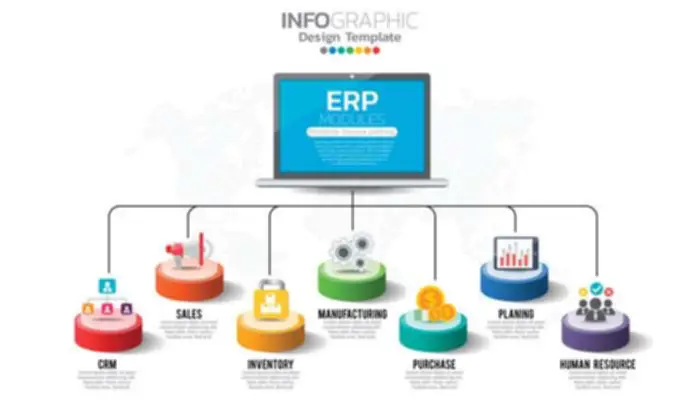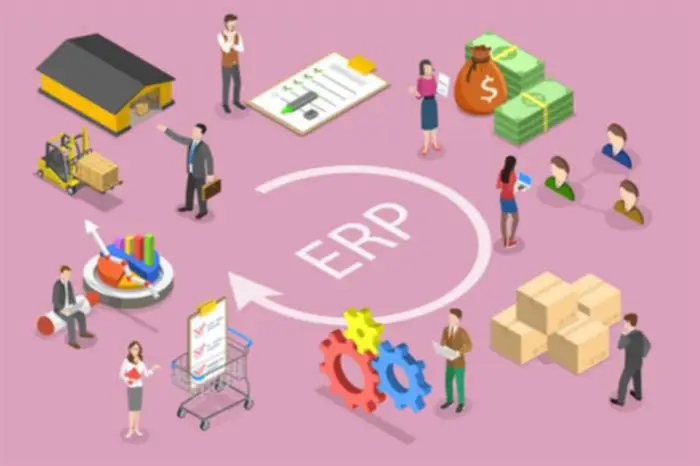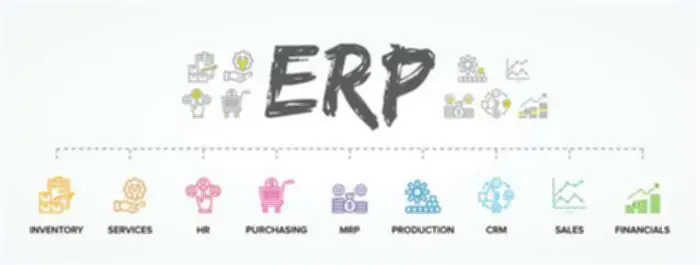¡Tu carrito está actualmente vacío!
What’s Software Efficiency Management Apm?
By analyzing developments, groups optimize code, adjust configurations, or scale sources, sustaining stability for memory-intensive applications like databases or AI-driven services. Monitor CPU, memory, disk I/O, and community latency to stop bottlenecks in hybrid/edge environments. These metrics guarantee useful resource effectivity, stability, and responsiveness for contemporary workloads. Also, automated software or community load balancing that spreads site visitors across completely different servers can fool IT groups into considering that everything is working properly because the mixed efficiency of the servers seems to be fine. In reality, the automated balancing might be masking issues that depart some servers carrying more of the load than others.
While they can be used in tandem, both APM and RUM used separately can offer extra particular, granular insights into totally different areas. They are used across all industries – from e-commerce to SaaS, monetary providers, and media delivery – for a quantity of kinds of units. Here are only a few examples of where and the way APM and RUM assist you to optimize your small business. Although they work together to provide deep insight into your purposes, they collect data and provide info from totally different views. Critical for high-concurrency methods (e.g., SaaS platforms) to take care of responsiveness during site visitors spikes without overwhelming the database.
Traces are broken down into spans, which characterize the person items of work accomplished by completely different companies. Treelike or waterfall diagrams are generally used to visualize traces, with each span appearing in a separate bar. Brokers sometimes can gather extra detailed performance information on a wider range of metrics based on how they’re instrumented, but they add processing and administration overhead. Conversely, agentless monitoring requires fewer assets and may be deployed and scaled more easily, but its knowledge assortment capabilities are typically more limited. As a outcome, the selection between them is determined by an organization’s software environment, performance monitoring needs and price range.

As know-how continues to evolve, embracing trends such as AI, cloud-native solutions, and built-in monitoring shall be important. Software performance monitoring (APM) is the method of utilizing software tools and telemetry knowledge to watch the performance of business-critical purposes. Businesses wish to ensure that they keep anticipated service ranges and that clients obtain a optimistic application experience. They use APM instruments to deliver real-time data and insights into the performance of functions. Then, IT groups, DevOps, and site reliability engineers can shortly pinpoint and troubleshoot software points.

Network Monitoring

Without full visibility into every layer of your distributed purposes and infrastructure, it can be extraordinarily tough to detect and resolve crucial performance points. This, in flip, can negatively impact user experience and result in misplaced income. As such, IT organizations need to leverage an array of monitoring instruments so as to enhance their system’s observability and effectively handle its efficiency. APM’s capability to identify and promptly address efficiency issues enhances operational effectivity, minimizing downtime and guaranteeing enterprise continuity. APM tools continuously monitor key performance parameters, including response time, throughput, and error rates, allowing for instant detection of defects, bottlenecks, or errors. This proactive method enables IT operations groups to establish and tackle potential bottlenecks early earlier than they escalate and affect users.
- However APM’s fast detection and analysis capabilities assist minimize the length of performance glitches or, in the worst circumstances, utility downtime.
- APM plays a critical role in making certain utility reliability 🔒 and delivering a seamless end-user expertise in software testing.
- This can contain historic analysis and predictive analytics to forecast potential issues.
- Yes, APM tools assist with capacity planning by analyzing resource utilization trends, forecasting future demands, and figuring out the infrastructure wanted to deal with anticipated workloads effectively.
Request Flow Map enables you to view reside requests in context so you can observe software points to the supply, whereas Watchdog makes use of machine learning to automatically surface efficiency anomalies and identify their root trigger. Integrating synthetic monitoring with different APM elements, similar to real person monitoring, deep-dive part monitoring, and analytics, equips organizations with a complete understanding of their application’s performance. This in-depth comprehension facilitates simpler administration and optimization of their purposes. Artificial monitoring knowledge supplement different performance metrics gathered by APM tools. Organizations comprehensively perceive the application’s efficiency throughout various dimensions by fusing synthetic monitoring results with real user monitoring knowledge, infrastructure metrics, and application-specific metrics.
APM additionally consists of supporting components, corresponding to hosts, processes, companies, the network, and logs, to foster additional understanding of software efficiency. Extra fashionable solutions use agentless monitoring for a non-intrusive approach to knowledge assortment, counting on network visitors analysis to gather app efficiency information. APM instruments are integral to the application improvement lifecycle, from testing to production deployment. APM identifies performance points early in the improvement cycle by conducting load testing, efficiency profiling, and code-level diagnostics. This early detection allows developers to reinforce utility performance, address scalability concerns, and ensure a smooth deployment course of. APM also facilitates continuous Software engineering integration and supply (CI/CD) practices by offering performance insights during every stage of the software development pipeline.
The following table breaks down the general differences between RUM and APM. Trendy APM instruments like Dynatrace leverage machine learning to baseline “normal” behavior and flag deviations (e.g., sudden error surges). They correlate anomalies across metrics (latency, throughput) to pinpoint causes—such as misconfigured containers or database deadlocks—enabling preemptive action in serverless or AI-driven apps earlier than outages occur. Mitigations include query optimization, isolation stage changes, and transaction shortening—key for monetary systems or apps requiring atomic operations to make sure reliability. Addressing these ensures seamless connectivity, vital for edge computing and global cloud companies the place milliseconds influence reliability and person satisfaction. This allows steady performance monitoring and suggestions during the improvement process.
APM can facilitate continuous suggestions via the software development lifecycle. Teams can monitor apps in each staging and manufacturing environments, helping builders set up a culture of steady feedback. APM software program collects large amounts of data, and the analytics and reporting features inside APM tools are central to the method of converting captured knowledge into actionable insights.
Customer Satisfaction
Important for microservices and distributed methods (such as IoT, edge computing) the place latency has a direct impact on operational continuity. Proactive management prevents system slowdowns, making certain functions meet efficiency calls for in cloud-native and edge environments with fluctuating workloads. Efficiency bottlenecks, inefficient code, or resource competition are a sign of high CPU consumption. Once monitored, groups can guarantee it does not applications performance management peak to assist optimize workloads, balance processing power, and scale infrastructure dynamically.
APM displays application availability and compares levels to these agreed upon by the service provider and buyer. APM is an efficient software for pinpointing the place issues happen across an application. So, you’ll find a way to enhance the customer expertise by identifying areas that ship most value to your end customers.
Gartner positions every vendor into varied quadrants on a graph, rating them based on their management position within the market and their completeness of imaginative and prescient. Code profiling is a approach to capture snapshots of code efficiency to have the ability to find essentially the most time- and resource-intensive methods in an application. Some tools expose a selection of profile sorts, similar to wall time, CPU, I/O, lock, and memory. Introducing APM can demand appreciable compute sources, especially when you plan on monitoring a quantity of applications.
The views expressed on this blog are those of the author and don’t essentially replicate the views of New Relic. Any options supplied by the writer are environment-specific and never part of the industrial solutions or support offered by New Relic. Please be a part of us solely on the Explorers Hub (discuss.newrelic.com) for questions and support related to this weblog submit. By providing such links, New Relic does not undertake, assure, approve or endorse the information, views or products out there on such sites. Understanding which APM and RUM tool to make use of and when will assist your groups shortly sort out points and optimization duties, driving better enterprise outcomes. When used in tandem, APM and RUM might help you monitor, discover, and optimize your operations throughout every of your net properties, dialed into your explicit key efficiency indicators (KPIs).
Software Performance Administration (apm)
Sophisticated platforms integrate observability, automation, and predictive analytics to guarantee performance, scalability, and resilience. Thereby permitting teams to manage hybrid infrastructures, edge deployments, and quick consumer necessities. In 2025, monitoring instruments need to sort out the intricacies of cloud-native, AI-powered, and worldwide distributed techniques. Measure service latency, pod utilization, serverless runtime, and autoscaling to optimize distributed techniques, balancing cost and efficiency in Kubernetes and serverless ecosystems. Given all the potential selections between tools, organizations should invest considerable time and effort in feature evaluation as a part of the expertise choice process to be sure they get the required monitoring capabilities. Some are dedicated to APM tasks, while others have been rebranded as more expansive observability platforms.
APM is essential because it helps groups proactively handle the efficiency and reliability of their applications. In today’s fast-paced digital world, users count on fast, seamless interactions with the purposes they use, and any slowdown or downtime can lead to annoyed users and potential lack of business. With APM, teams can monitor the application’s performance in real-time, pinpoint efficiency issues, and troubleshoot earlier than customers are affected. Text-based software logs present a chronological listing of events with timestamps, status information, error codes and other information. Log recordsdata provide clues for debugging efficiency issues but don’t readily present the chain of processing steps that traces do. As a result, tracing and logging complement one another and might https://www.globalcloudteam.com/ both be used alongside APM.

Deja una respuesta